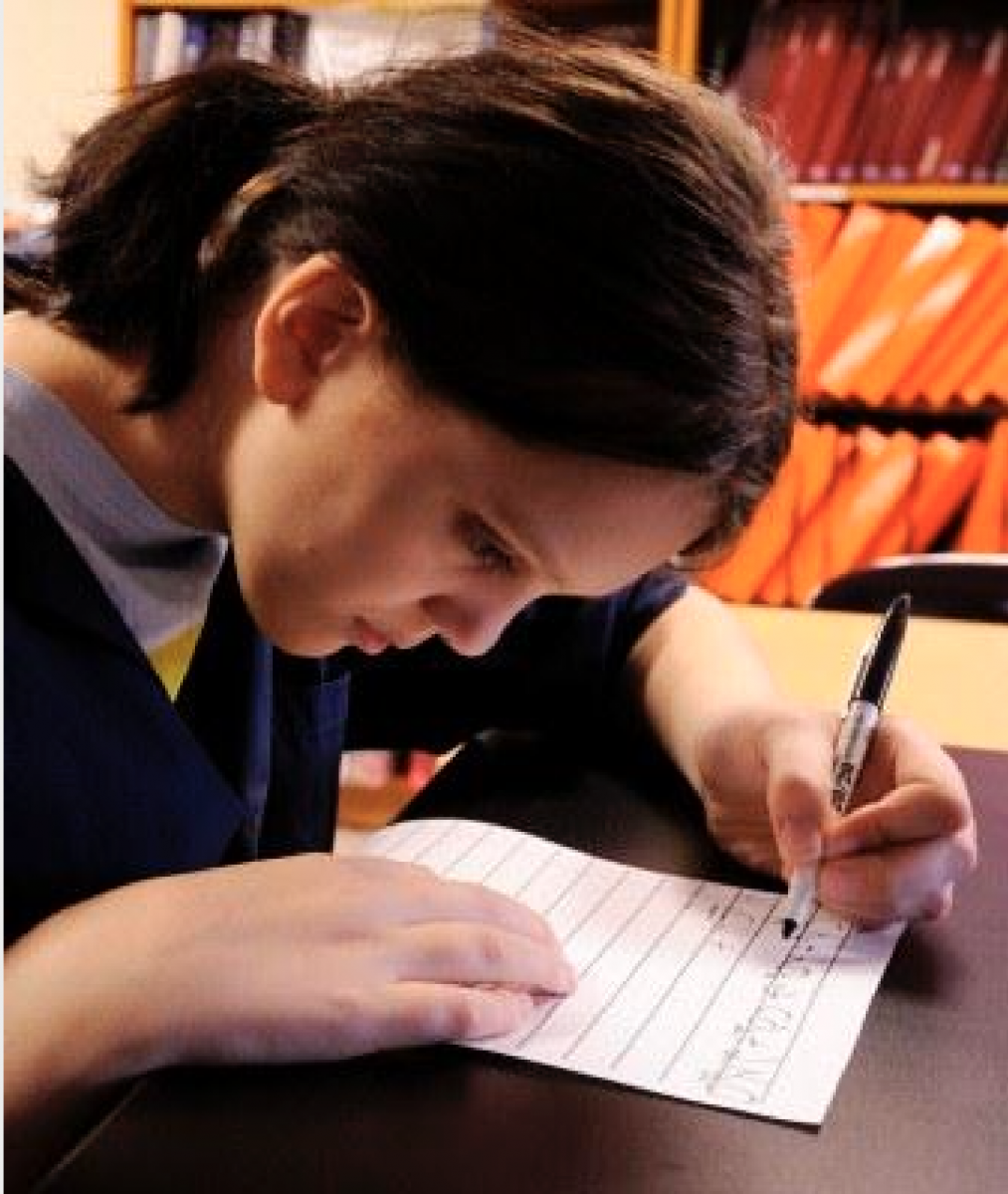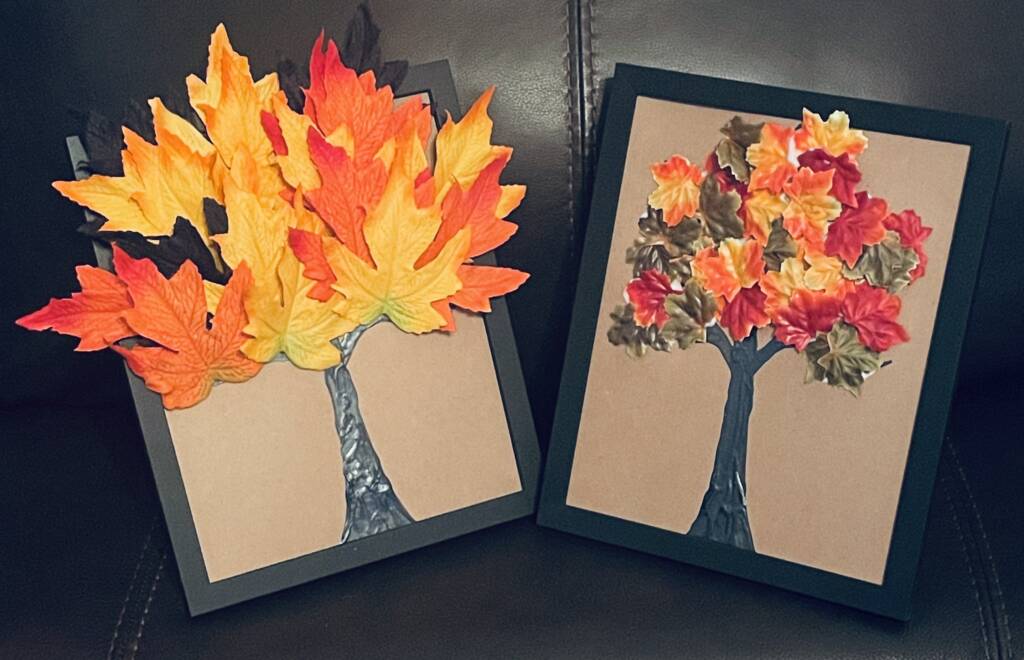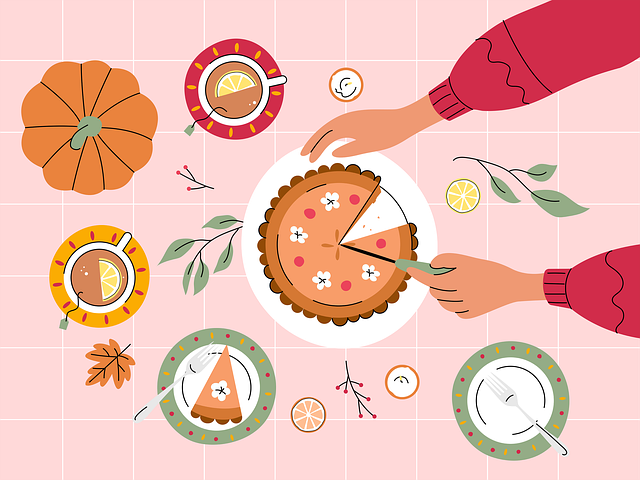 Paths to Literacy is proud to be a Community of Practice for all who are interested in literacy for children and youth with visual impairments, deafblindess or multiple disabilities. We welcome contributions from the field and believe that ideas from practitioners and families are the backbone of the site.
Paths to Literacy is proud to be a Community of Practice for all who are interested in literacy for children and youth with visual impairments, deafblindess or multiple disabilities. We welcome contributions from the field and believe that ideas from practitioners and families are the backbone of the site.
What kinds of information can be shared?
- We look for lesson plans; ideas to adapt materials or activities; suggestions to incorporate literacy into home and community activities; information about new websites, books or other resources for the field.
- All articles should be original.
- We do accept articles that have been used in other contexts, e.g. in your school newsletter, as a document you shared with paraprofessionals or others, etc., as long as there are no restrictions to reprint it.
- We cannot publish anything that has restrictions in a prior publication.
What should be included in the submission?
- Include a title and the body of the post.
- All articles need to have an image. If a photo of a student is recognizable (i.e. showing their face and not just their hands or back of their head), then a permission form must be submitted.
How should the information be formatted?
- Submissions can be sent as a Word document or Google doc. Please include a title.
- We will upload the post and format it with headings and images, etc.
Where should the article be sent?
- All submissions should be sent to the Manager of Paths to Literacy: Lisha Yochimowitz at lisha.yochimowitz@perkins.org.
- We will review your submission and contact you about its status.
What about images?
- As mentioned above, any photo of a student that is recognizable (i.e. showing their face and not just their hands or back of their head) must be accompanied by a signed permission form.
- No images that are protected by copyright can be used. In other words, we cannot post images from Google images, other websites, or things found just surfing online.
- You may use copyright free images, such as those in Creative Commons.
- You can take your own photos of materials or events and share those.
- Please tell us where your images are from when you submit your article.
How will I be recognized as the author?
- All authors will have a profile page with a short blurb describing their role, such as a family member, TVI, COMS or related service provider.
- Each profile page will have a thumbnail image of the author and a listing of all of the articles they have shared.
How will the article be shared with others?
- New articles are included in our bi-weekly newsletter.
- We also share articles on our social media outlets (Pinterest, X (formerly Twitter), Facebook and Instagram). We are happy to tag you, if you give us your “handles” for social media.
Do articles have to be in English?
- The majority of our articles are in English, but we also have a number of articles in Spanish. We will consider publishing articles in other languages as well, as long as we have it available in English too.
Are there any other considerations?
-
Copyright
- Adaptations of books to make them accessible to readers with disabilities are allowable under copyright law, if they are not being sold or interfering in any way with the publisher or author’s ability to sell their material.
- Learn about Fair Use.
- Fair Use Evaluator Tool
-
Linking to other web pages
- It is permissible to link to other webpages.
- No images can be used from other websites or other sources without permission, unless linking directly to that site.
-
Certificate of Professional Development Activity
- Authors will receive two (2) Continuing Education Credits in the form of a certificate. These can be used in many states and districts as part of the recertification process or in a professional portfolio, but you should check with your supervisor to find out if these will be recognized where you work. These are not ACVREP approved.
- Credit is available only for the creation of new material for Paths to Literacy. We cannot offer credit for a submission that has already been used somewhere else.
-
Articles become the property of Paths to Literacy.
Let us know if you have questions. We love hearing from you!




